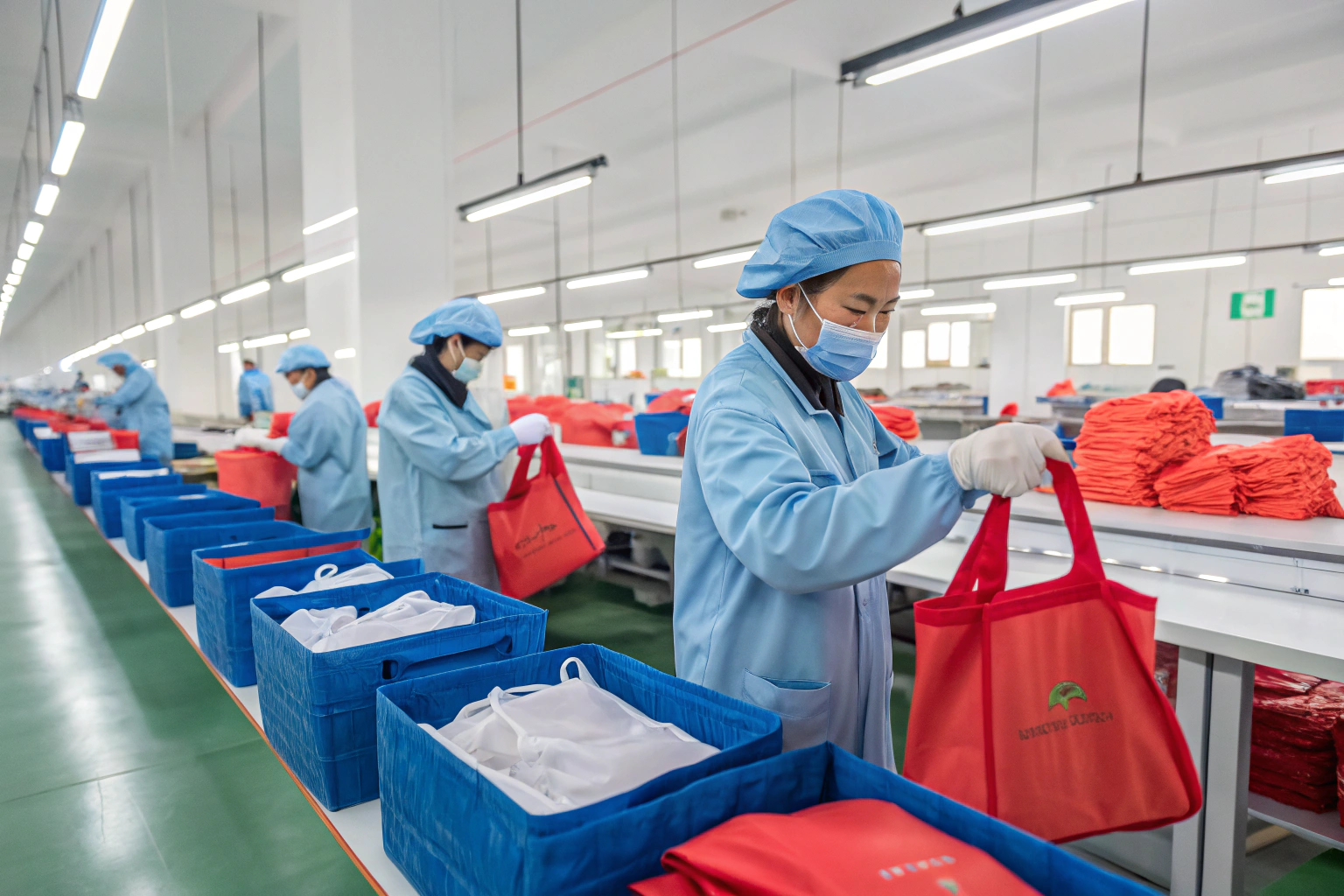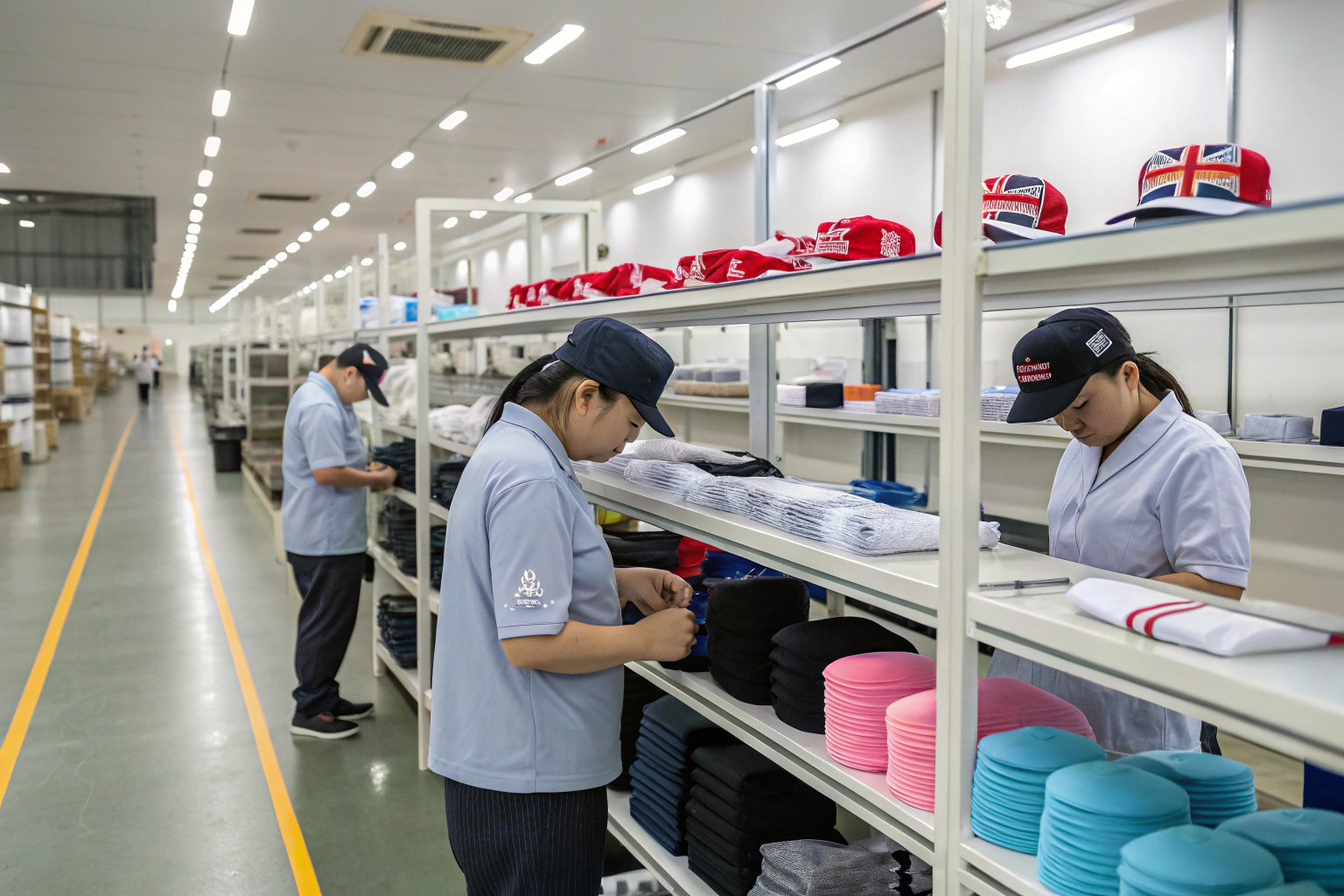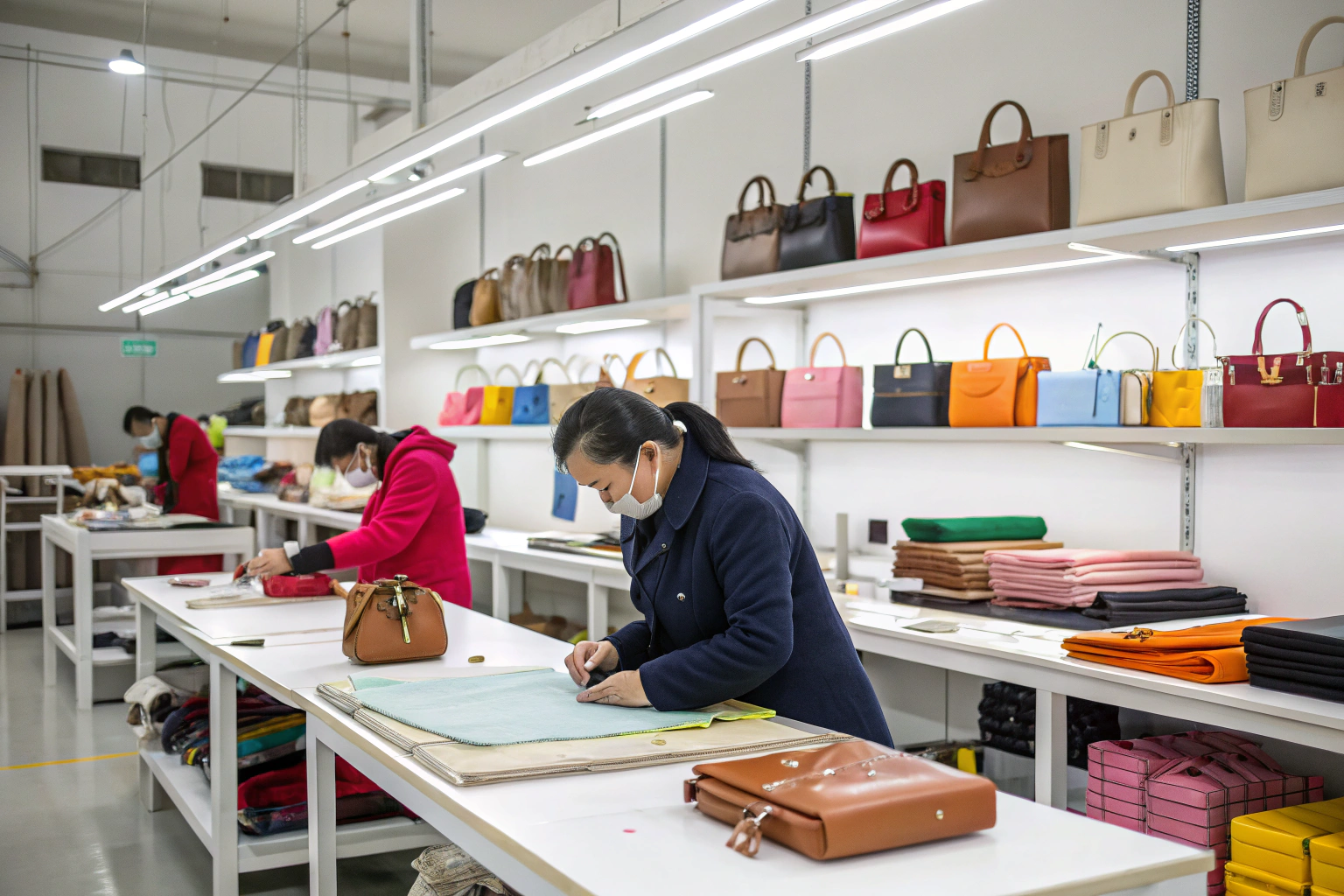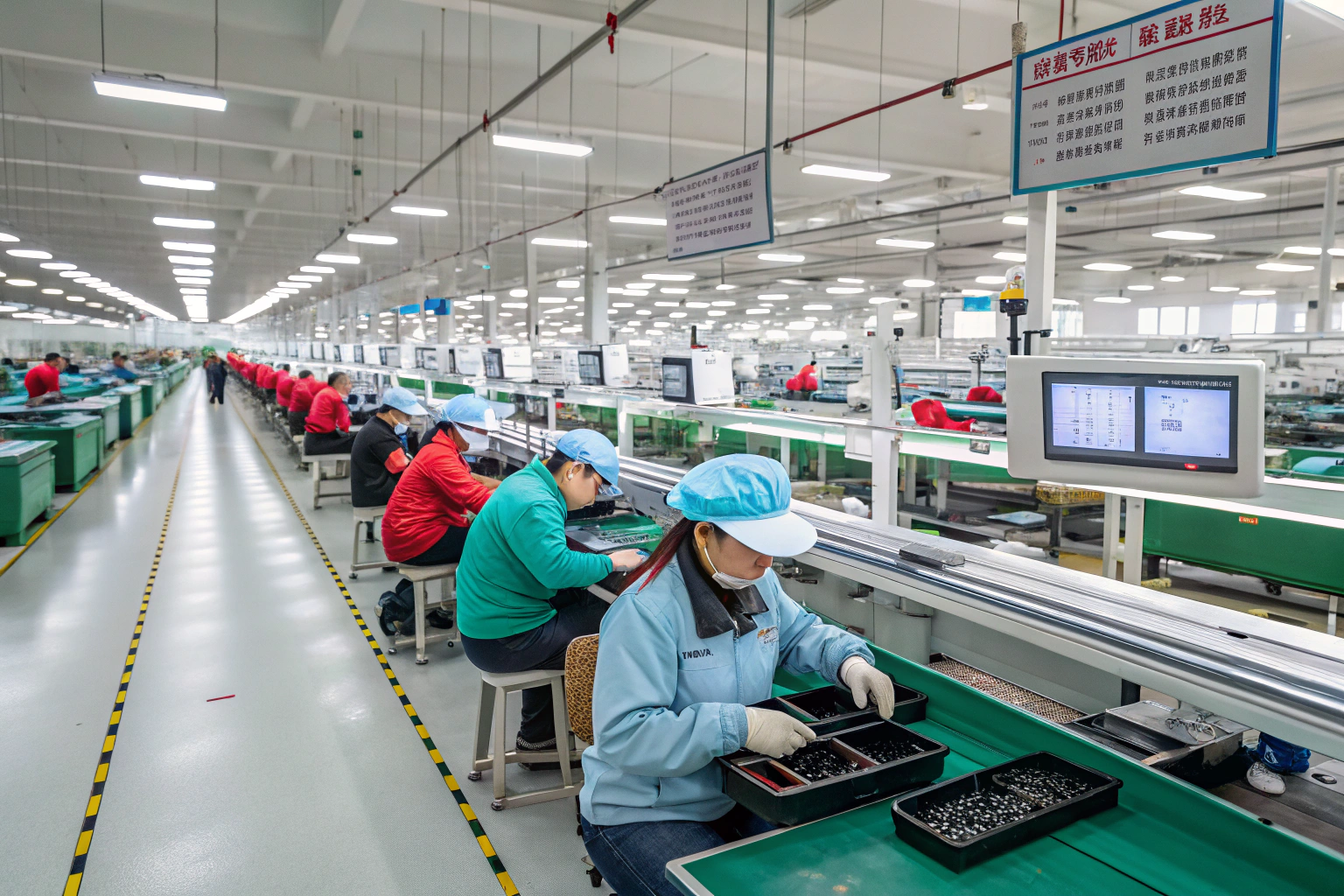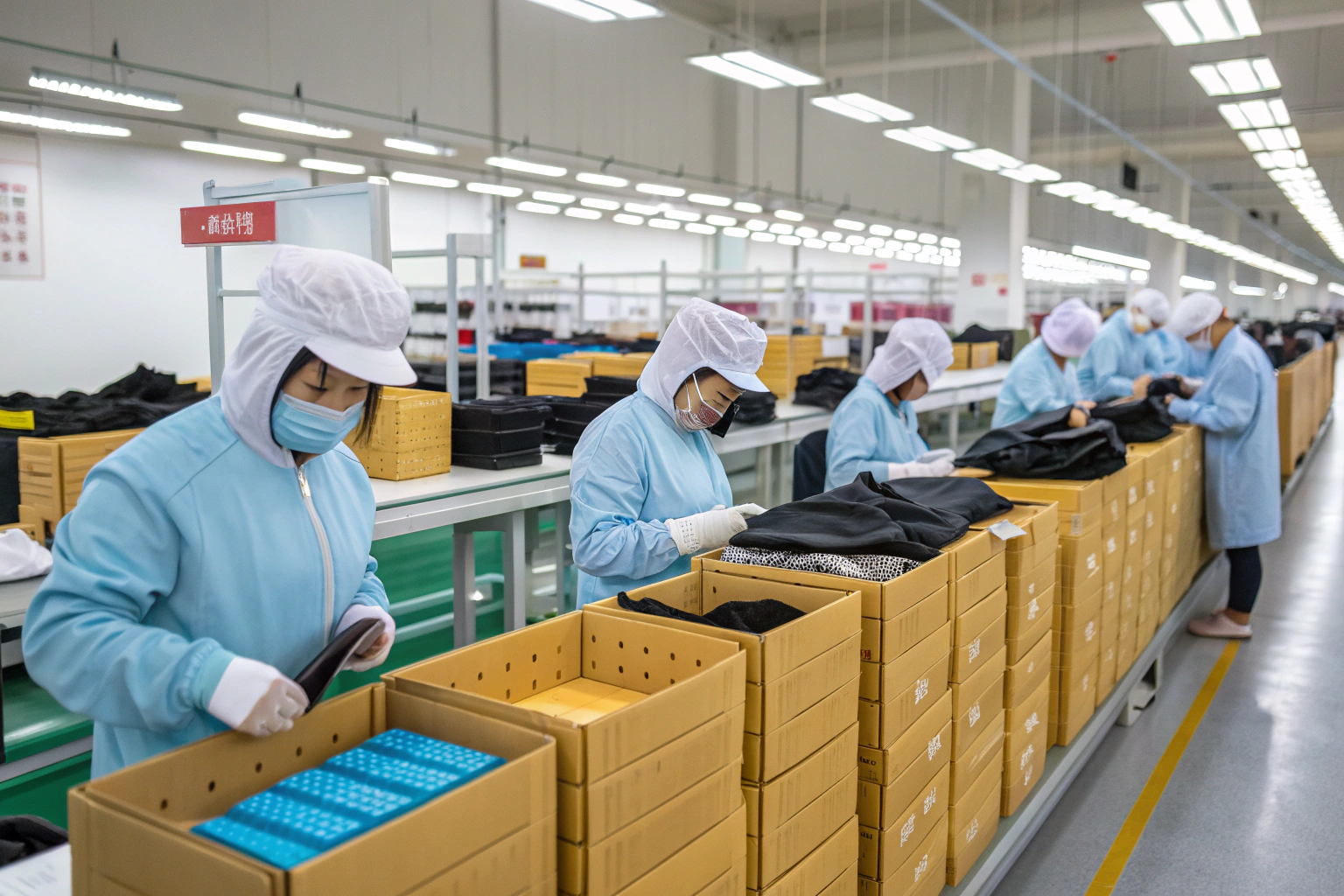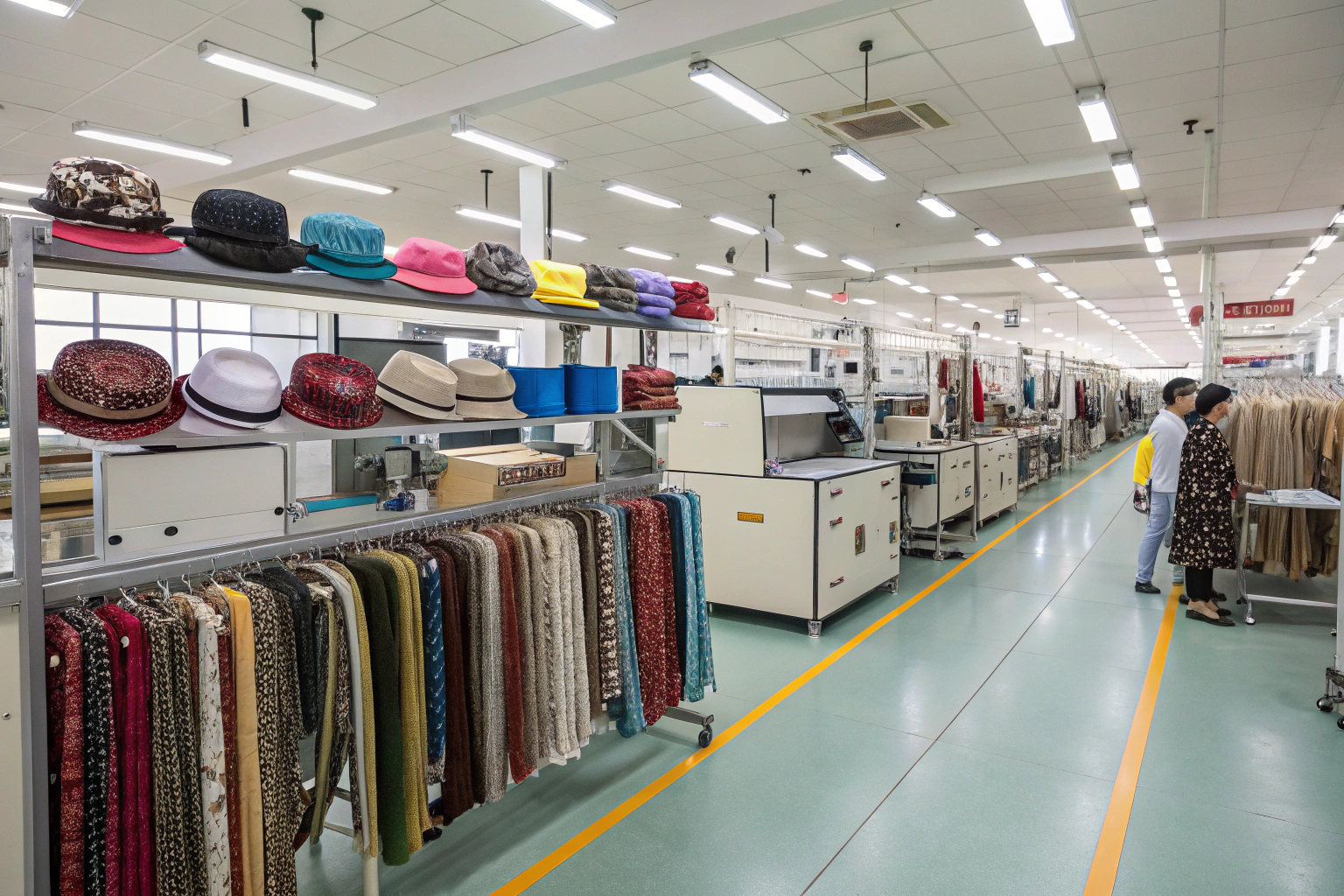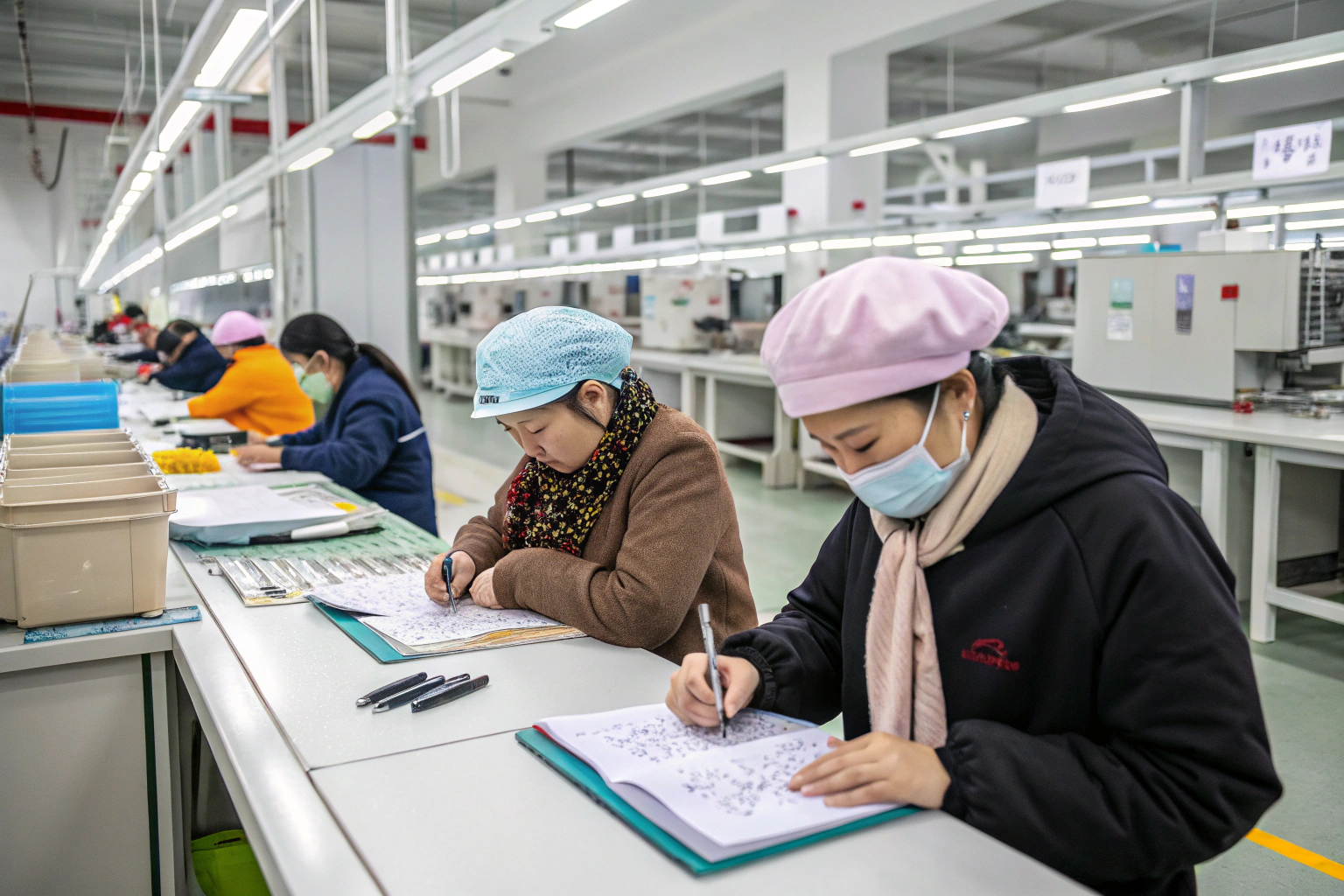The healthcare industry is one of the most demanding markets when it comes to quality, safety, and reliability. Whether supplying accessories for hospital staff, patient use, or healthcare promotional events, every detail matters. As the owner of AceAccessory, a professional accessories manufacturer in Zhejiang, China, I have seen firsthand how sourcing the right accessories for the healthcare sector can either streamline hospital operations or cause unnecessary delays. This is not just about style — it’s about compliance, durability, and long-term trust.
When sourcing accessories for healthcare, buyers need to consider safety regulations, fabric performance, functionality, and reliable delivery times. This is because healthcare accessories often come in direct contact with staff or patients and must meet strict standards. At AceAccessory, we work closely with buyers from North America and Europe to ensure their orders meet both market expectations and regulatory requirements.
If you are looking to supply hospitals, clinics, or medical distributors, understanding the key sourcing factors will give you a strong competitive edge. Let’s break them down into four essential areas.
Compliance and Safety Standards in Healthcare Accessories
In the healthcare sector, accessories are not just fashion items — they are tools that may impact hygiene, comfort, and even safety. Regulations vary across countries, but one common rule is that all accessories must meet certain health and safety certifications. This can include OEKO-TEX certification for fabric safety or compliance with ISO 13485 for medical-grade production processes.
Meeting safety standards is the first step in winning trust from hospitals and distributors. This often means suppliers need to provide transparent documentation, regular testing, and a willingness to adjust production based on feedback from healthcare clients.
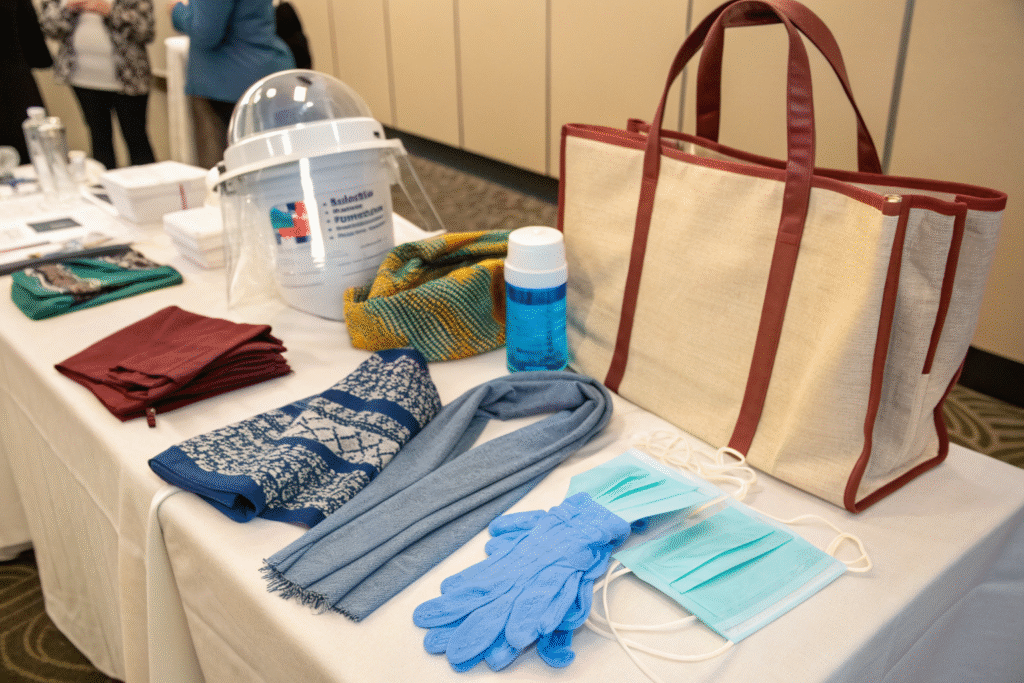
How Do You Verify Certification Claims?
One of the most common issues buyers face is encountering factories that claim certifications without having valid proof. A legitimate supplier will share up-to-date certificates, allow third-party inspections, and provide material testing reports. For example, organizations like Intertek and SGS are recognized globally for conducting reliable textile safety tests.
Having this level of openness builds credibility. Buyers can also request small pre-production samples for independent lab testing to ensure the fabric does not contain harmful chemicals, especially if it will be used for patient-contact accessories.
Why Is Material Traceability Important in Healthcare?
In healthcare, knowing where your materials come from is not optional. Traceability ensures that fabrics used in caps, gloves, or scarves have been produced under controlled and safe conditions. Platforms like OEKO-TEX Buying Guide list certified suppliers, which helps buyers connect with verified sources. This not only guarantees safety but also makes it easier to pass customs checks when exporting to strict markets like the EU.
Durability and Performance Requirements
When sourcing for healthcare, you must consider that accessories will be used in high-stress environments. This means they must withstand frequent washing, exposure to disinfectants, and daily wear without losing functionality. At AceAccessory, we often use fabrics with high Martindale abrasion resistance and colorfastness to endure hospital cleaning routines.
Performance testing ensures products keep their shape, color, and functionality over time. This is especially important for reusable items like staff caps, gloves, and belts that see daily use.
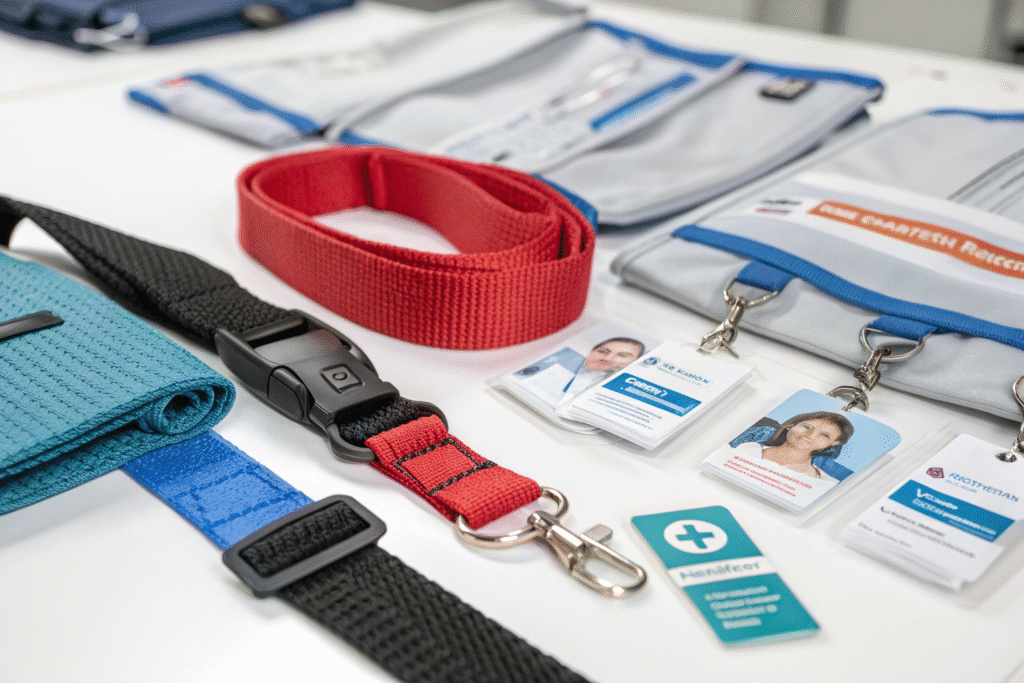
What Testing Methods Ensure Long-Lasting Quality?
Performance testing can include abrasion resistance, tensile strength, and washability tests. For example, accessories like staff belts or fabric pouches may be tested according to ASTM International standards to ensure they don’t tear under stress. Hospitals expect accessories to maintain their appearance even after dozens of industrial washes.
How Does Fabric Choice Affect Performance?
Choosing the right fabric is critical. Polyester blends, for instance, often provide the durability and stain resistance that healthcare requires, while cotton blends may be chosen for comfort. Some buyers opt for antimicrobial-treated fabrics to reduce bacterial growth — suppliers can source such materials from providers listed on Textile World to ensure consistent performance.
Functionality and Comfort for Healthcare Workers
Functionality in healthcare accessories means they should enhance the worker’s ability to perform tasks efficiently without discomfort. An uncomfortable cap, a poorly placed belt buckle, or a stiff scarf can cause distraction, which is unacceptable in medical settings.
Comfort-focused design can improve staff satisfaction and productivity. Buyers should source accessories with ergonomic features, adjustable fittings, and lightweight materials to accommodate long shifts.

Why Does Ergonomic Design Matter in Healthcare?
Ergonomic design minimizes strain and fatigue. For example, adjustable elastic belts can fit multiple waist sizes without digging into the skin. Suppliers who follow ergonomic principles often collaborate with healthcare professionals during the prototype phase. Resources like Ergonomic Trends provide insight into functional design best practices.
How Can Breathable Fabrics Improve Worker Comfort?
Healthcare workers often operate in warm environments and under pressure. Breathable fabrics like moisture-wicking polyester or lightweight cotton blends help keep them cool and comfortable. Textile suppliers such as Milliken & Company offer specialized healthcare fabrics with built-in moisture management, making them ideal for caps, scarves, and uniform accessories.
Reliable Logistics and Timely Delivery
In the healthcare sector, delays are more than just inconvenient — they can disrupt hospital operations. Reliable logistics is therefore as critical as product quality. Buyers must choose suppliers who can manage production schedules and coordinate with freight forwarders for fast, trouble-free shipping.
Timely delivery protects hospitals from inventory shortages and ensures smooth operations. A factory with established logistics partnerships can provide consistent lead times and flexible shipping options.

How to Reduce Delays in Healthcare Accessory Shipments?
Delays can result from raw material shortages, customs clearance issues, or shipping disruptions. Partnering with suppliers who offer DDP (Delivered Duty Paid) services can help. This means the supplier handles all import duties and customs clearance, ensuring the buyer receives the goods without unexpected delays. Freight experts like Flexport specialize in healthcare logistics.
Why Is Packaging Important in Healthcare Shipments?
Proper packaging prevents contamination and damage. For healthcare accessories, this may involve sterile sealing or individual polybagging. Buyers should request packaging that complies with the FDA’s medical device packaging guidelines found on FDA.gov. Well-labeled cartons also speed up hospital warehouse operations.
Conclusion
Sourcing accessories for the healthcare sector requires a careful balance between compliance, performance, comfort, and delivery reliability. The stakes are high, and buyers cannot afford to cut corners. By working with a professional manufacturer like AceAccessory, you can access a factory that not only understands these requirements but also delivers consistent results for global healthcare clients.
If you are ready to develop your next healthcare accessory order, we invite you to contact our Business Director Elaine at elaine@fumaoclothing.com to discuss your project in detail. Our team is ready to help you achieve both compliance and commercial success.

